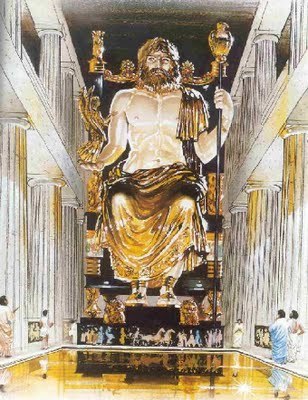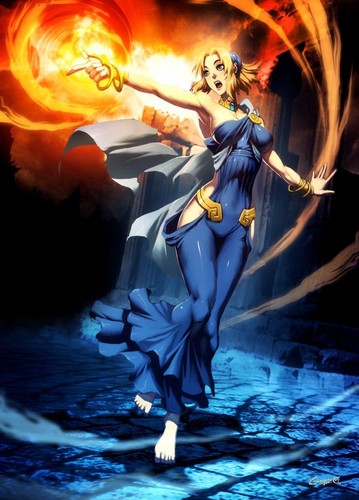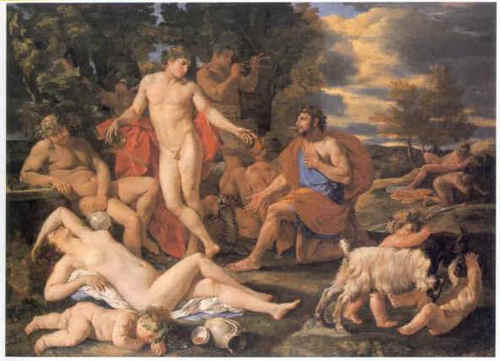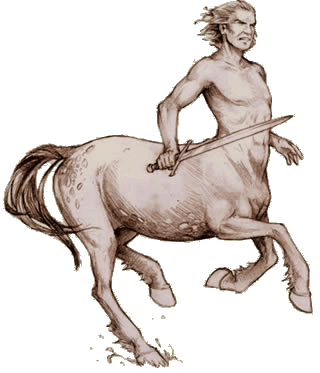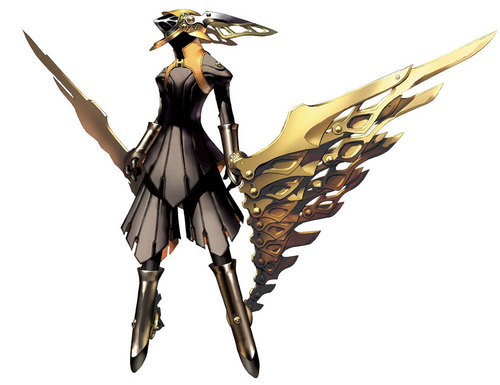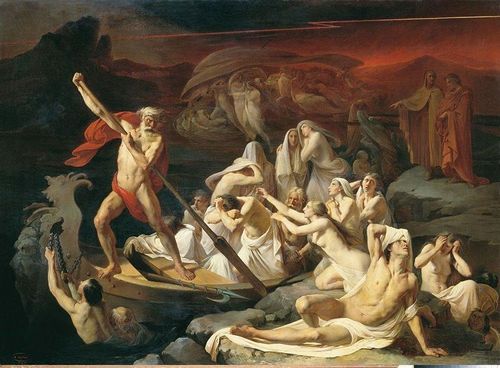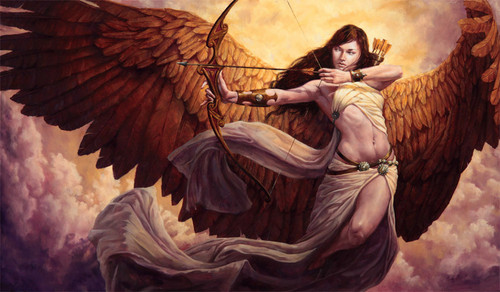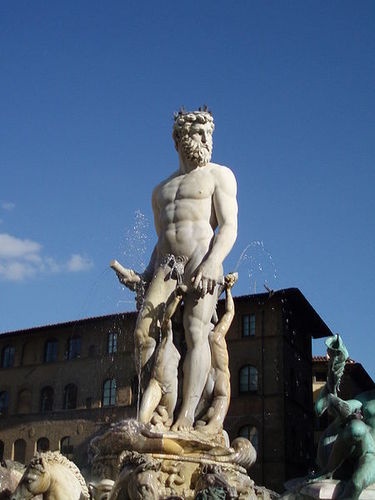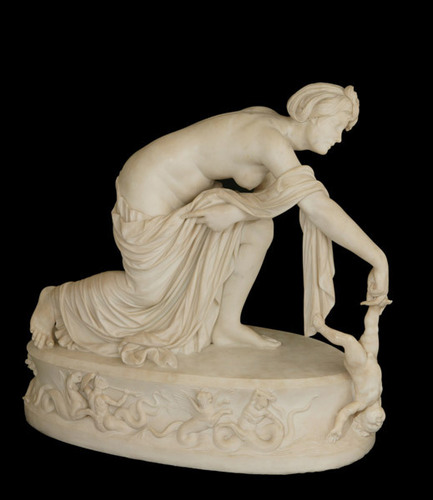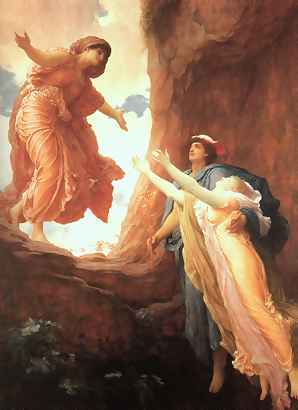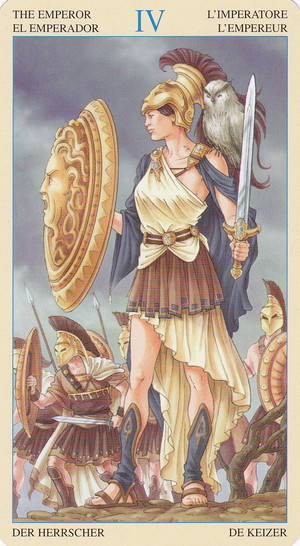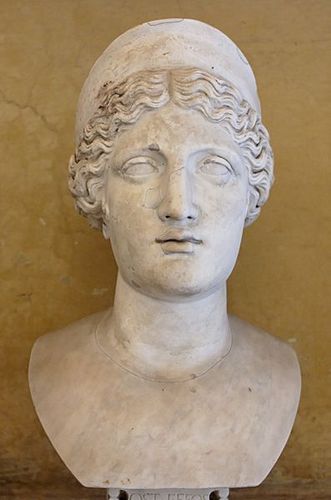Iphigenia is usually called the daughter of Clytemnestra and Agamemnon. Agamemnon had angered the goddess Artemis. In order to propitiate the goddess, Agamemnon had to sacrifice his daughter Iphigenia at Aulis where the Achaean fleet was impatiently waiting for a wind to cruzar, cruz over to Troy. In order to trick Iphigenia into coming, Agamemnon sent word to Clytemnestra that Iphigenia was to marry Achilles, so Clytemnestra willingly brought her daughter to the wedding/sacrifice. Iphigenia, sometimes portrayed as Valiente enough to impress Achilles, realized her self-sacrifice was what the Greeks needed.
In some versions of the story, Artemis saves Iphigenia at the last minute.
In revenge for the trickery and killing of their daughter Iphigenia, Clytemnestra killed her husband when he returned from the Trojan War.
In some versions of the story, Artemis saves Iphigenia at the last minute.
In revenge for the trickery and killing of their daughter Iphigenia, Clytemnestra killed her husband when he returned from the Trojan War.



